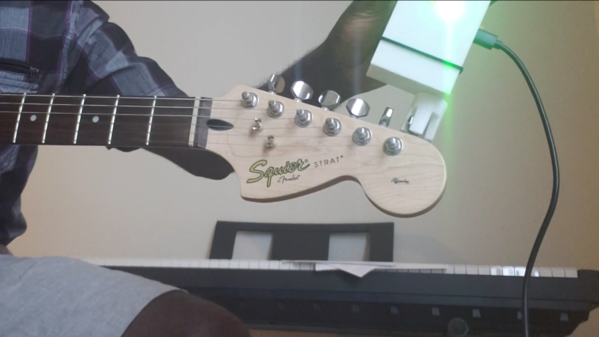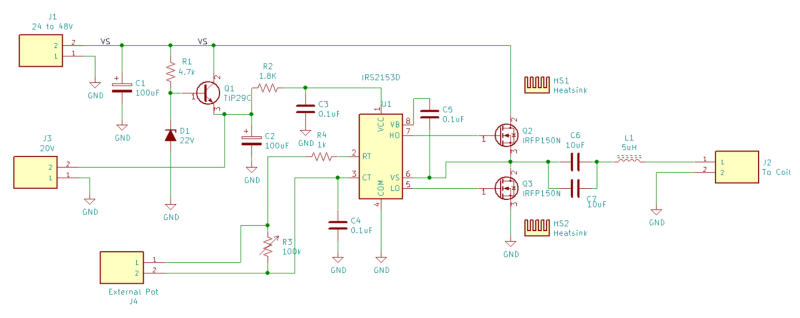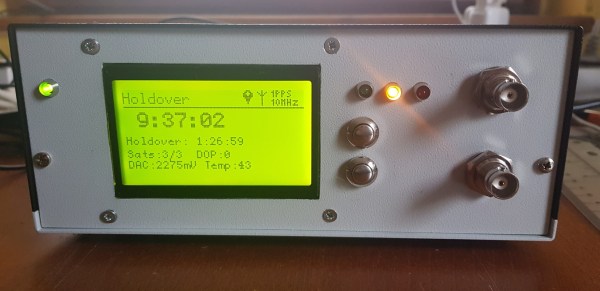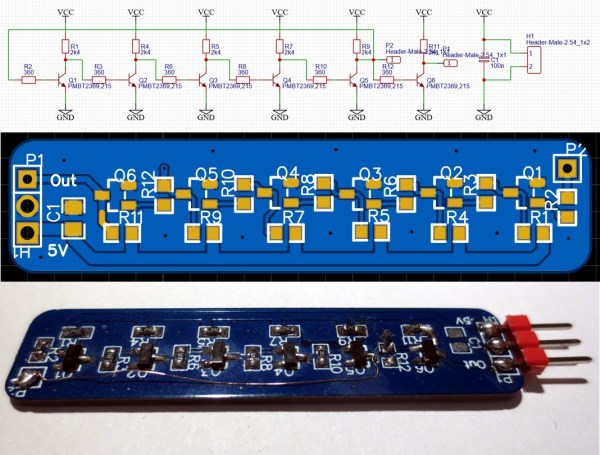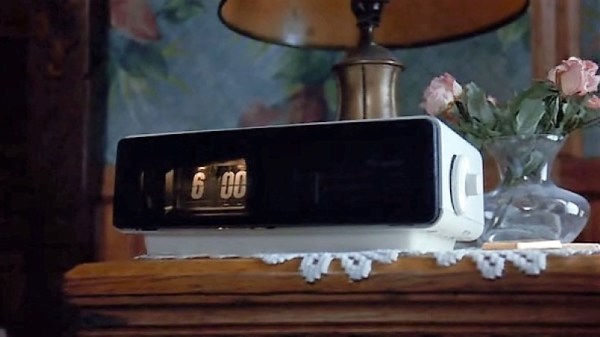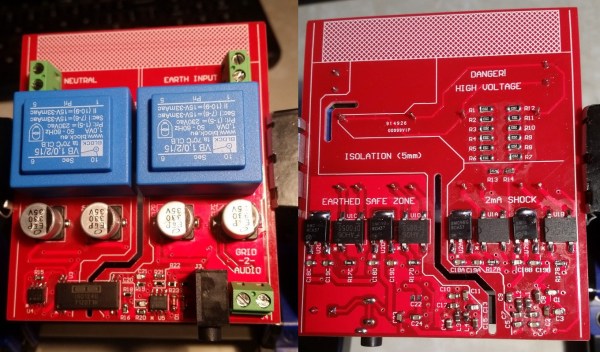Even with fancy smartphone apps and custom-built tuners, tuning a guitar can be a tedious process, especially for the beginner. Pluck a string, figure out if the note is sharp or flat, tighten or loosen accordingly, repeat. Then do the same thing for all six strings. It’s no wonder some people never get very far with the guitar.
Luckily, technology can come to the rescue in the form of this handy open-source automatic guitar tuner by [Guyrandy Jean-Gilles]. The tuner has a Raspberry Pi Pico inside, with a microphone attached to the ADC. The program running on the Pico listens for the sound of a plucked string and determines whether the note is sharp or flat. The Pico then drives a small DC gear motor in the appropriate direction, which turns the peg the right way to bring the string into tune. The tuner makes ample use of 3D-printed parts, STLs for which are included in the project repo. [Guyrandy] has also made some updates to the project to make the tuner a little easier to use.
While there’s an affordable commercial version of this — upon which [Guyrandy] based his design — we really like the fact that he rolled his own here, and made the design freely accessible to everyone. We also like the idea that guitarists who can’t use tuners requiring visual feedback can use this, too — just like this one.
[via r/raspberry_pi]

